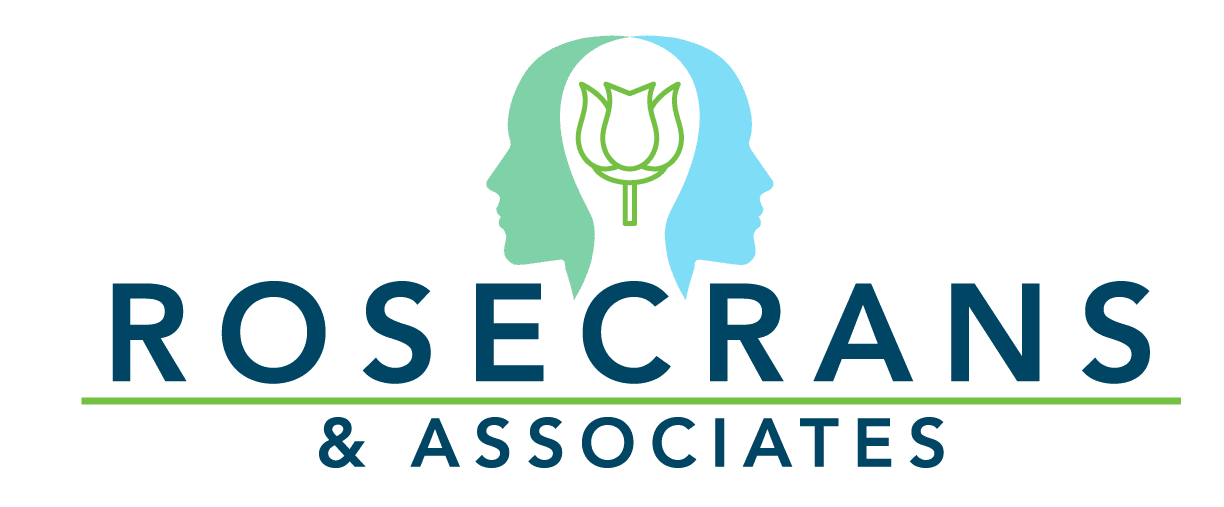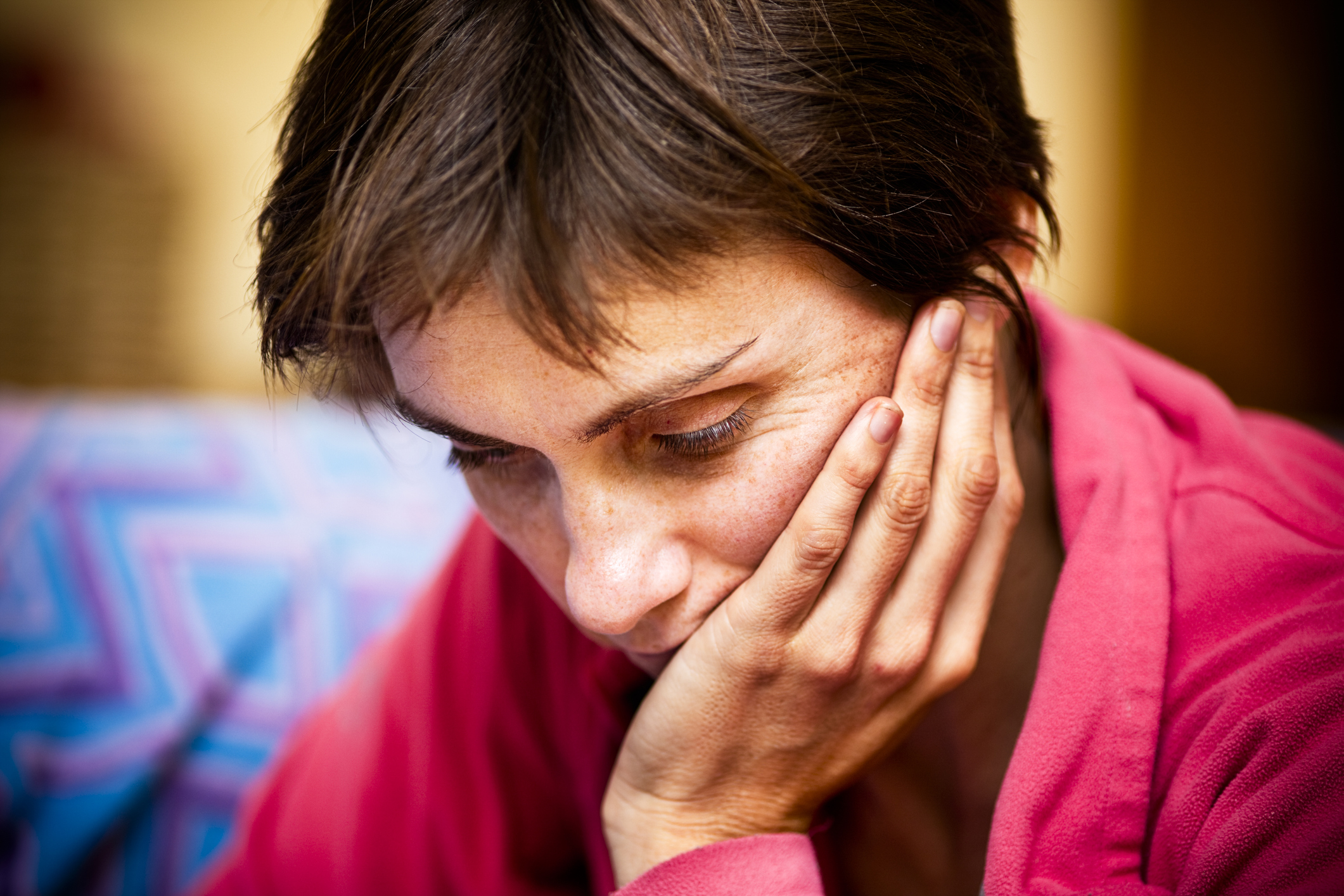Bipolar Disorder (Type I and II) and Cyclothymic Disorder Counseling
Mood disorders consist of having a manic and/or depressive episode. The type of episode an individual experiences and the amount of criteria met for an episode determines the diagnosis.
Manic Episode
A manic episode involves a distinct period of abnormally and persistently elevated, expansive, or irritable mood and persistently goal directed behavior or energy. It is much more extreme than a sudden burst of energy, and the episode lasts for a minimum of 3 days.
Other symptoms include three of the following:
-
- Inflated self esteem or grandiosity
- Decreased need to sleep
- Excessive talking or pressure to keep talking
- Flight of ideas (racing thoughts)
- Distractibility
- Increased interest in goals or activities
- Psychomotor agitation or increase in goal-directed activity
- Excessive involvement in activities that have a high potential for painful consequences (i.e., over spending, gambling, promiscuity, foolish business investments)
Depressive Episode
A person experiences at least 5 or more (lasting at least 2 weeks) of the following for a depressive episode:
-
- Sad mood
- Changes in sleep
- Changes in appetite
- Loss of energy, tired or fatigue
- Loss of pleasure in activities
- Restlessness or slowing down, sluggish
- Feelings of guilt or worthlessness
- Difficulties with concentration or making decisions
- Loss of interest in sex
- Thoughts of suicide
Difference Between Bipolar I and II Disorder and Cyclothymic Disorder
Bipolar I Disorder consists of having at least one manic episode. The manic episode can become severe enough to require hospitalization. People with Bipolar I Disorder can experience a depressive episode, but this is not required for a diagnosis. People with Bipolar II Disorder experience at least one depressive episode and a less severe form of a manic episode, which is known as Hypomania. A hypomanic episode would not require hospitalization, and are not as easily identified by others. There are individuals who experience manic and depressive symptoms without meeting the requirements for a full manic or depressive episode, which is known as Cyclothymic Disorder.
Treatment for Bipolar Disorder
Bipolar treatment is directed at managing symptoms, because it is a life-long condition. Psychiatric medication is important for stabilizing ones mood and reducing symptoms. Drugs and alcohol can trigger a manic or depressive episode, and make it difficult to manage the disorder. Detox and substance abuse treatment may be recommended. Depending on the intensity of symptoms, hospitalization may be required to keep the individual safe. There are Intensive Outpatient Programs (IOP) and day treatment centers to aid in getting symptoms under control. Cognitive Behavioral Therapy (CBT), Psycho-education, and Family-Focused Therapy are the evidence-based treatments for Bipolar Disorder. These treatments identify unhealthy/negative beliefs and behaviors, identify triggers of bipolar episodes, create stress management strategies, increase coping skills and social support, education about the condition, identify issues and warning signs, and make a plan to prevent relapse.
Our clinicians are trained and have experience in providing these evidence- based treatments.
Please contact our office at (847) 461-8414

